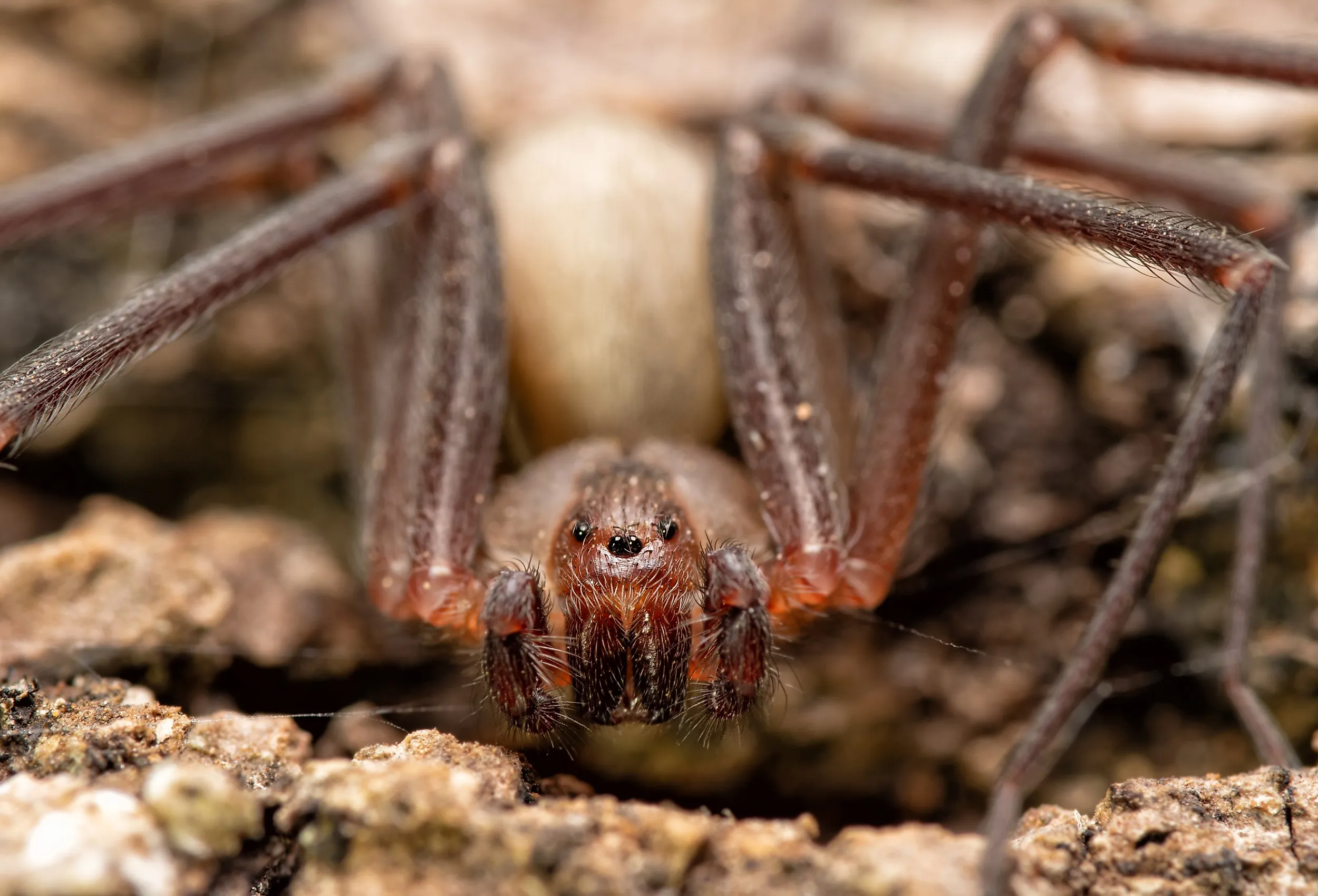
What is the Deadliest Spider in the World?
Arachnophobia is a fairly common and understandable but increasingly irrational fear. Granted, of the roughly 43,000 known species of spiders throughout the world, nearly all of them are venomous. However, only 25 species are known to kill or seriously harm humans. When you combine modern antivenoms with the fact that most spiders are shy and reluctant to bite humans, this greatly reduces your chances of adverse effects from a spider bite. With all of that said, there are a few arachnids that are worth keeping an eye out for, especially in the presence of young children or for those of advanced age or in a compromised state. These are a handful of the "deadliest" spiders in the world.
What Are The World's Deadliest Spiders?
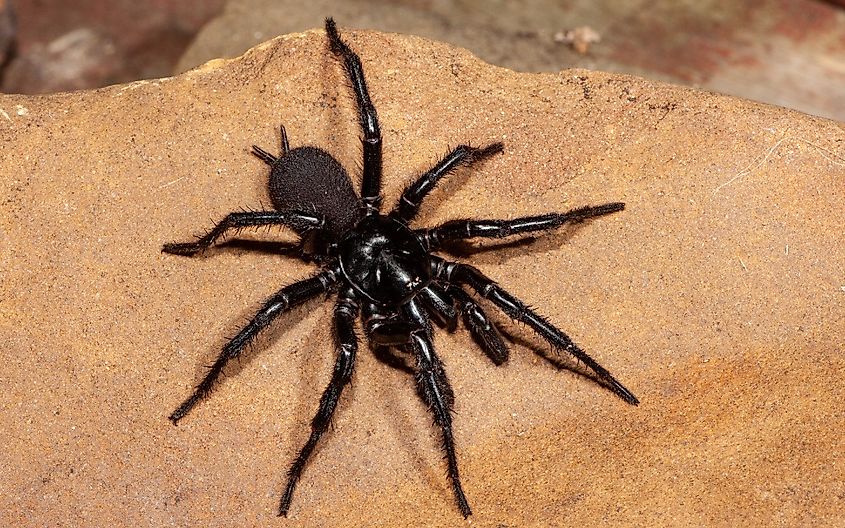
The big four, eight-legged characters to watch out for are funnel-web spiders, of the Atrax and Hadronyche genus, redback and black widow spiders, of the genus Latrodectus, wandering (or "banana") spiders, of the genus Phoneutria, and recluse spiders, of the genus Loxosceles. The standout kingpin amongst these potentially dangerous critters is the Sydney funnel-web (Atrax robustus), which is native to Australia, but is also found in New Zealand, Chile, and parts of Europe. A bite from a male specimen, packed with 40 toxic proteins, is capable of killing a toddler in about five minutes, and a small child in about 2 hours. Prior to the creation of an antivenom, in 1981, there were 13 deaths attributed to male Sydney funnel-web spiders. In the 42 years since, there has not been a single death, and only around 100 treatments have been administered in that timeframe. Interestingly, our beloved cats and dogs tend to manage just fine in response to funnel-web bites. Their systems can neutralize the toxic brew, without external aides, in about half an hour.
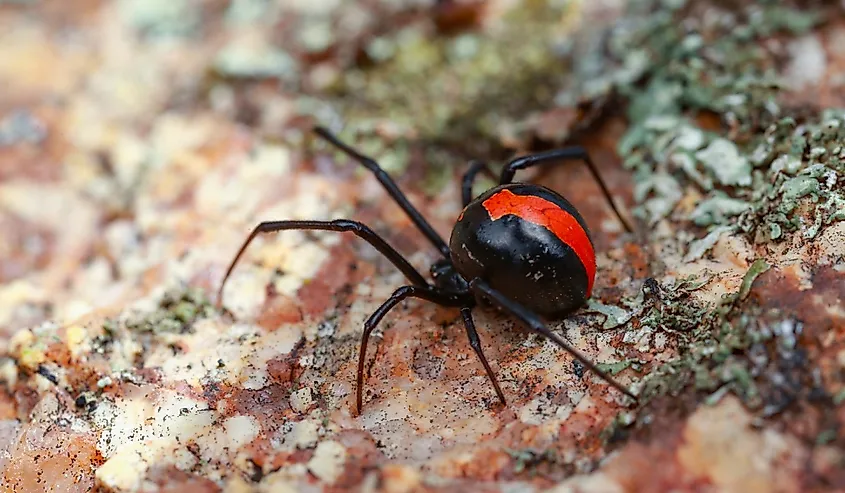
The only other species on the Australian continent responsible for killing a human being is the redback spider (Latrodectus hasselti). Approximately 2,000 people are bitten by redbacks each year (though this number could be higher given that not everyone would choose to seek medical attention). Although victims can experience intense pain, sweating, and eventually nausea/fever, again, no one has succumbed to the toxic effects since the antivenom revolution, which in the case of the redback, happened in 1956.
What Is The Deadliest Spider In The United States?
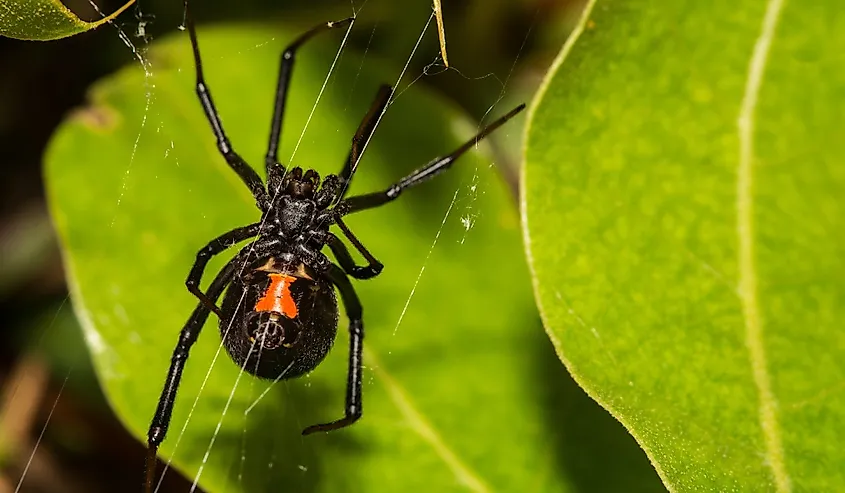
The United States has an even easier time with spiders than Australia, but there are two species to be aware of: the famous black widow (Latrodectus), and the brown recluse (Loxosceles reclusa). The former is one of the most widely-distributed types of spiders, found on every continent except Antarctica, but for the area in question, it congregates mostly in Southern Canada and the Northeastern United States. Folks living in the Central and Southern portions of the US may encounter the brown recluse spider. In 2021, the US reported about 3,500 verified spider bites. Of that lot, 40 required more serious medical attention, 9 because of black widow encounters, and 29, including one death, came as a result of brown recluse bites.
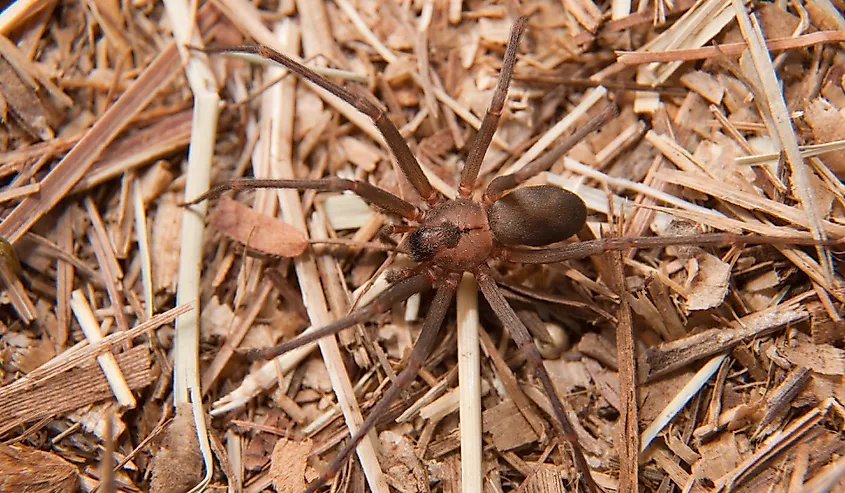
When put into context, these statistics, while unfortunate, do not represent a significant threat to most of the roughly 335 million Americans, or the many millions of people who visit each year. But if you harbor concerns, here are a couple of things to note. While both male and female black widows are venomous, only the iconic female (with her shiny black body and red belly) is harmful to humans. Be mindful of rummaging about piles of rock, wood, or leaves (gloves are always a safe bet!) or dark, reclusive areas, and give items stashed in a basement, closet, or attic a good shake.
If bitten, wash the area with soap and water, and seek medical attention as a final precaution, especially if you think it was one of these deadly spiders. Brown recluse spiders, for example, like to hide away from the busy, intimidating lives of people. They will typically only bite if they feel threatened. If a rare attack does occur, don't panic, but do seek medical attention, as the venom can cause irritation and necrosis (i.e., rotting) of the skin within a few hours.
The Brazilian Wandering Spider
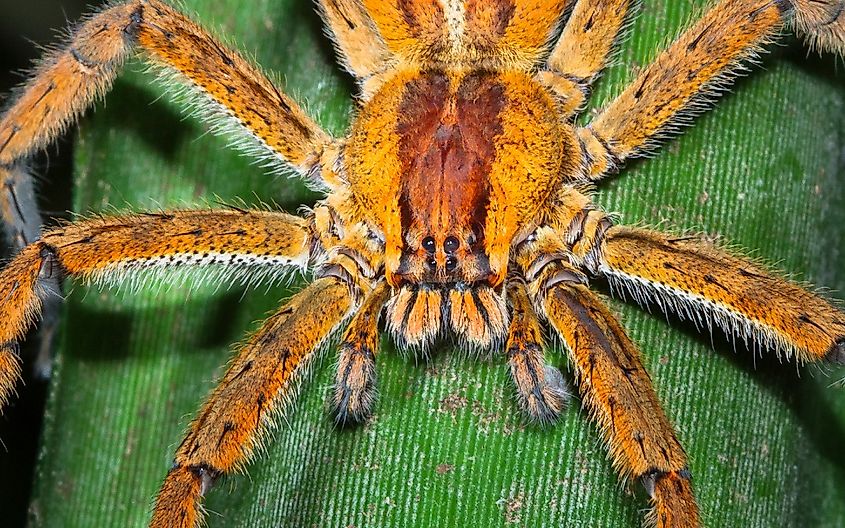
One last genus of dangerous spiders is the Phoneutria, which is Greek for "murderess." The Brazilian wandering spider, commonly referred to as the "banana spider" since it has been known to show up in shipments of the yellow fruit, has caused some issues for people living in the Northern part of South America and some parts of Central America. For instance, between 1970 and 1980, in Southeastern Brazil, over 7,000 people were admitted to the hospital because of banana spider bites. Though not as deadly (if at all) as the not-so-deadly spiders already mentioned, this species does exude more aggressive behavior. The wandering spider wanders the jungle floor at night in search of prey. When humans are in the wrong place at the wrong time, they may suffer from extreme pain around the bite, loss of muscle control, difficulty breathing, and at the risk of starting a bizarre trend, prolonged erections amongst men. With all that said, the venom is slow-acting and, therefore, generally manageable.
It makes sense that spiders strike a primal fear in 21st-century humans. After all, we are not far removed from a time in which unknown creepy crawlies posed a real threat to our savannah-wandering, or cave-dwelling ancestors. But with centuries of research and medical developments, spiders need not trigger the morbid alarm any longer. These humble web-spinners are predominantly shy, occasionally curious, but almost never harmful. Take stock of the notable species in your area, and give them respectful distance when sighted, but otherwise, take solace in the live-and-let-live relationship that has been solidified in the modern era.











